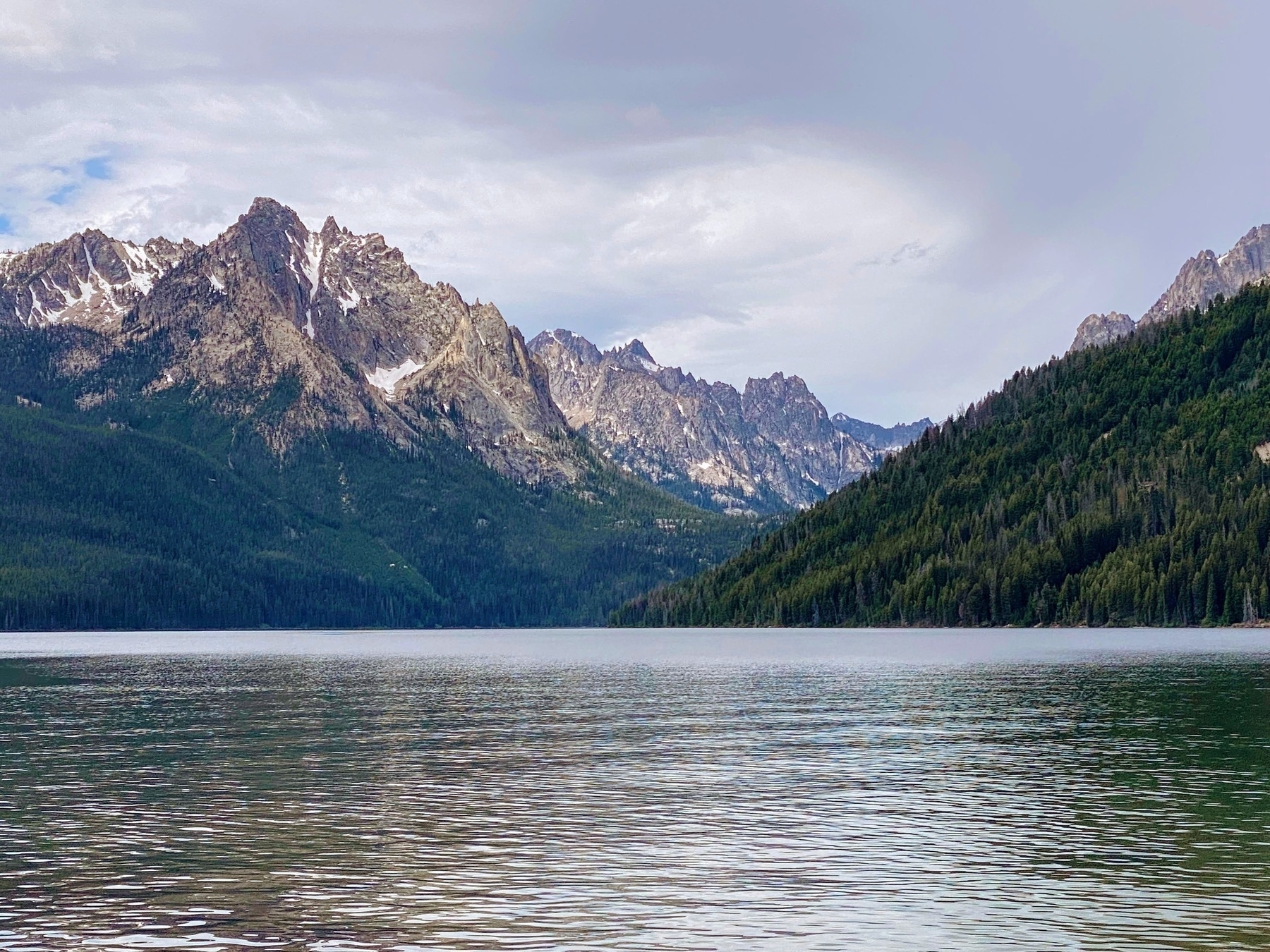Sun Valley Wilderness - I
Idaho Summer Memories: A snapshot of solitude that we experienced near Sun Valley.
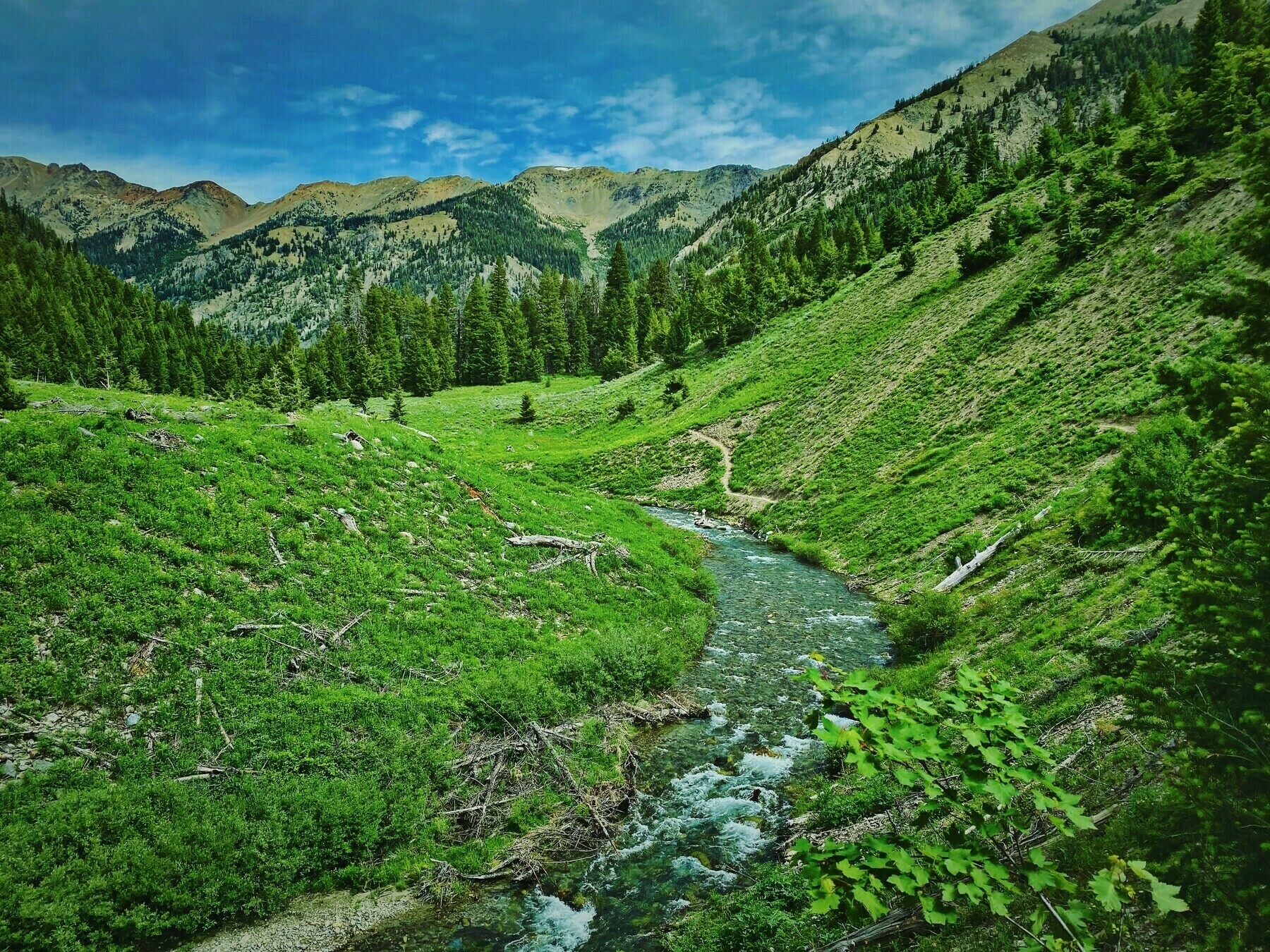
Idaho Summer Memories: A snapshot of solitude that we experienced near Sun Valley.

I recently purchased the Meta Spectacles. I often find myself fumbling for my camera when I am on walks with Ollie. There is always something interesting e.g. he suddenly wants to play with me or chase a squirrel or simply run around like crazy.
The experience has not been mind-blowing, but the convenience has been undeniable. I just look and press a button and bam it is ready to go.
Key Highlights:
Drawbacks to Consider:
I’ve included a sample video of Ollie frolicking on a Santa Cruz beach. Notice the effective stabilization and decent quality, despite some color washout in bright sunlight
The Beauty of Japanese Gardens. This picture was taken at the Kubota Garden near Seattle.
Japanese Gardens make excellent subjects during the rainy season. The rains really complete the landscape.
Talking of the Kubota Garden here is some pertinent history about the garden and its creator …
Fujitaro Kubota emigrated from Shikoku, Japan in 1907 and established the Kubota Gardening Company in 1923. Projects of his included the garden at Seattle University and the Japanese garden at Bloedel Reserve on Bainbridge Island. In 1927, he bought 5 acres (20,000 m2) of swampland in Rainier Beach with the help of a friend, as he was not able to make the purchase because of his Japanese descent.
In 1930, he went on to increase the size of the garden to 30 acres (120,000 m2). Kubota Garden served as the cultural center for the Japanese community in Seattle, as well as a home, office, and nursery for his business.
During World War II, Kubota Garden was abandoned for four years as Kubota and his family were interned at Camp Minidoka in Idaho. During his internment, Kubota supervised the building of a community park, which included a Japanese rock garden. After the war, he and his sons Tak and Tom Kubota rebuilt the business.
The Kubota Gardens are free to visit, the couple of hours I was there was time well spent.
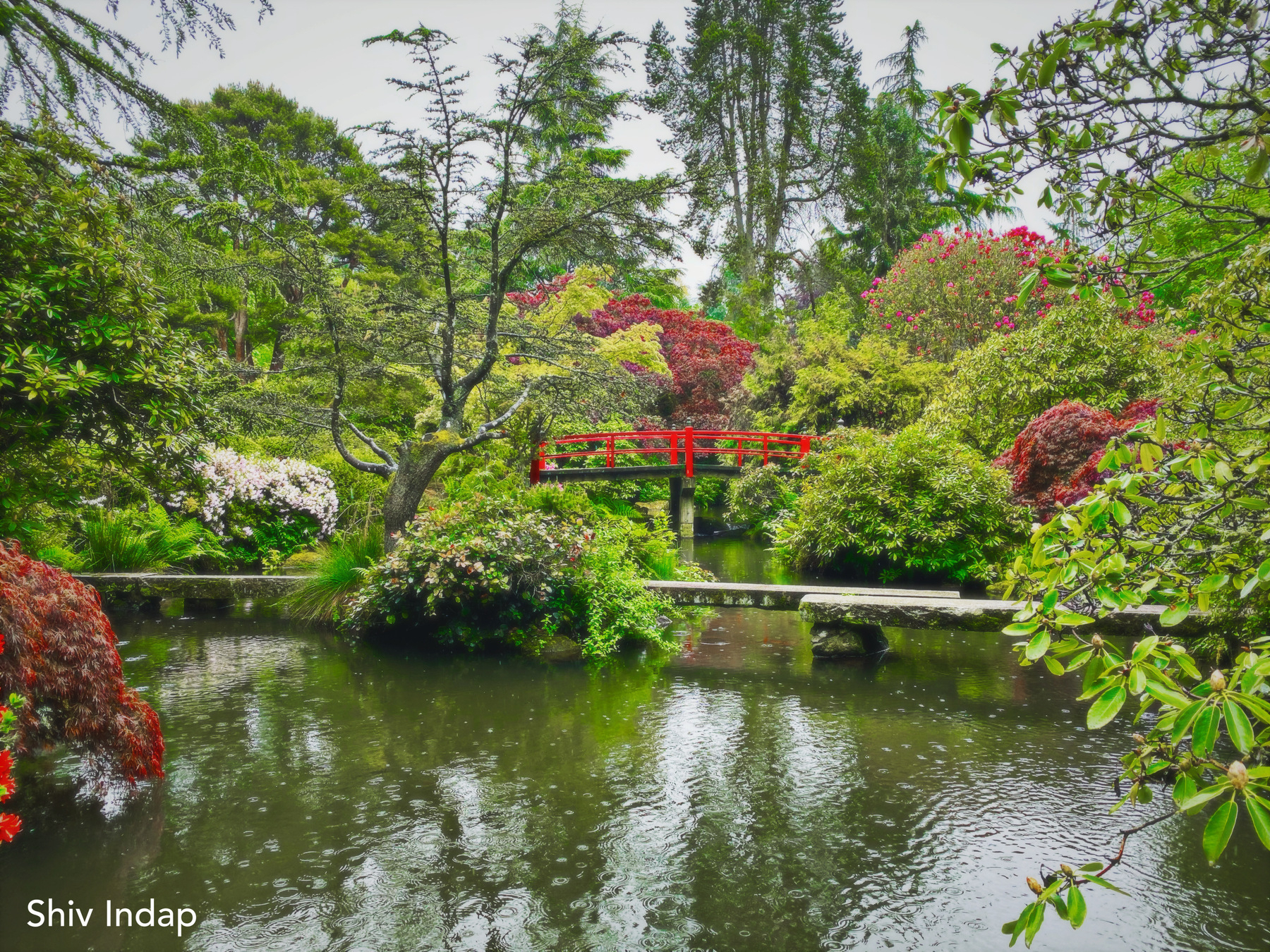
I love hikes in the PNW. The air is always so fresh and the forests have so much water. Everywhere you hike in winter you have all these little streams and when you can actually catch the sun during the wet winter season, you get to see beautiful scenery like this where the sun shines through the mossy trees. The picture below just reminds me of how enchanting the forest really is.
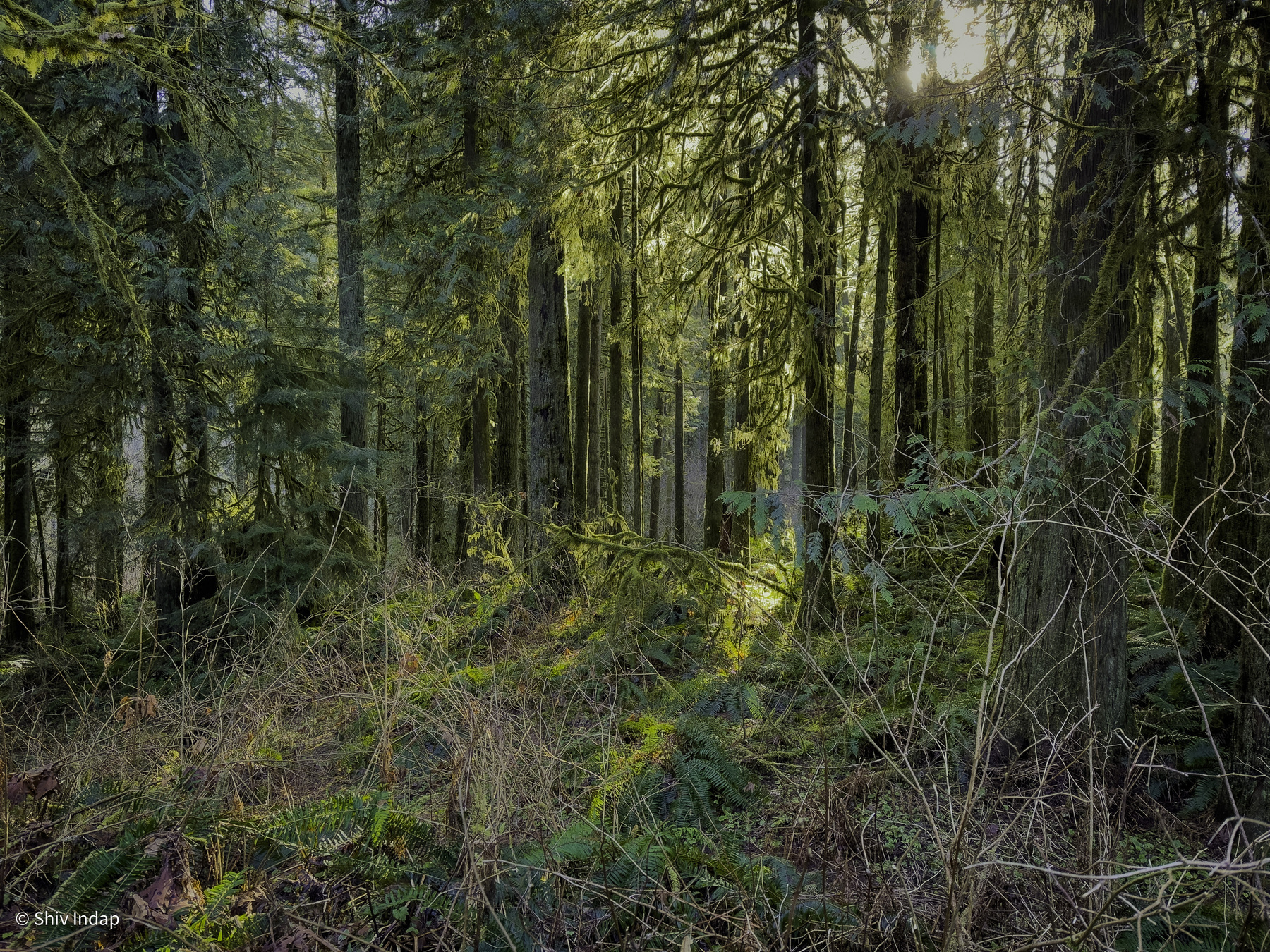
Moss can be found all over the world, from tropical rainforests to arctic tundras. It is especially well adapted to moist, shady environments, and is commonly found growing on the forest floor, on rocks and stones, and along streams and rivers. Moss does not have roots in the traditional sense, but it absorbs water and nutrients through tiny hair-like structures on its leaves.
In the PNW, moss is found everywhere. I am always drawn to photographing them because to me they represent a miniature world of their own. I think of a moss forest pretty much like the one you see below as having its own ecosystem with several insects and other organisms going about their day-to-day life with no care for the world around them.
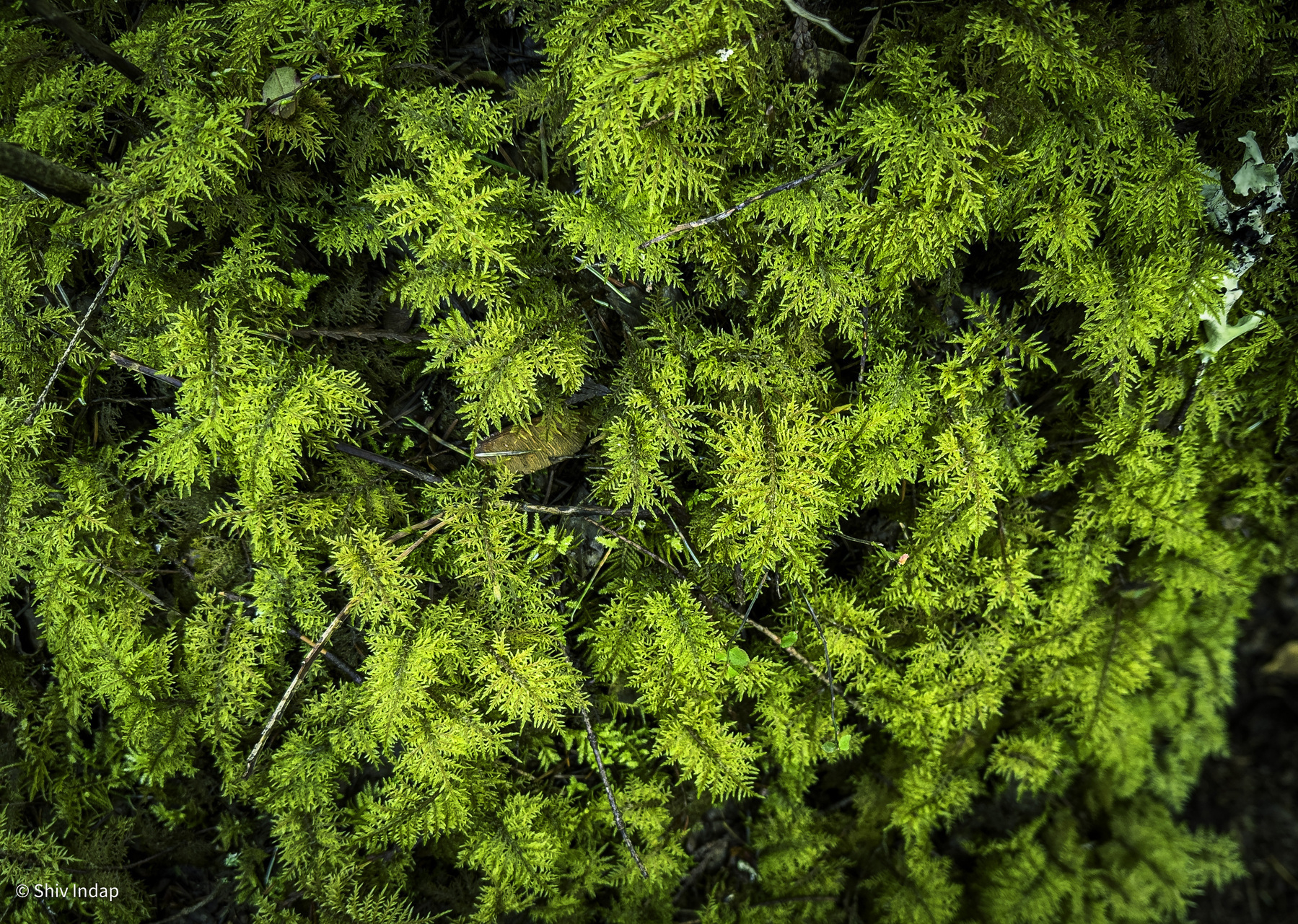
I had intently followed this plane and how it was manufactured in documentaries and I was amazed by how big it was and the fact that it could actually fly. To date, this is my favorite plane of all time. It feels very spacious on the inside, it is extremely quiet in the cabin and even turbulence that I have experienced felt like a small speed bump. I really hope that airlines can find a way to keep this engineering marvel for as long as possible.

Picture Collage of Ollie. This is him at his most handsome and him when he melts my heart. In one of the pictures here he seems to be tracking a squirrel up a tree. Taken when we were visiting California

So the day finally came when I had to fly the 737-9 Max from SFO to Seattle. There was obviously the irrational fear associated with flying a plane model that was single-handedly responsible for back-to-back aviation disasters.
The flight turned out to be quite smooth. I was actually surprised by how quiet the flight actually was. There was engine noise, but it was much lesser than on the older Airbus planes that Alaska Airlines uses. As for the irrational part, it turns out that the MAX family of planes are probably the most tested planes in the history of flight. My suggestion for anyone scared of taking this flight. Give it a chance. I am sure it will surprise you - in a good way.

The map outlines a road trip that we just concluded through 4 Western States. We started our trip in Washingon, then visited Oregon, Idaho and finally Montana
Idaho was really the state where we spent the bulk of our time. The state is just gorgeous in terms of natural beauty with the tall mountains and deep valleys with beautiful rivers flowing through them. I will be posting some more details in the days to come. When traveling through Idaho, it would be definitely worth your time to travel through the scenic byways. We did just that, and though it added a lot of time and distance, it was totally worth it.
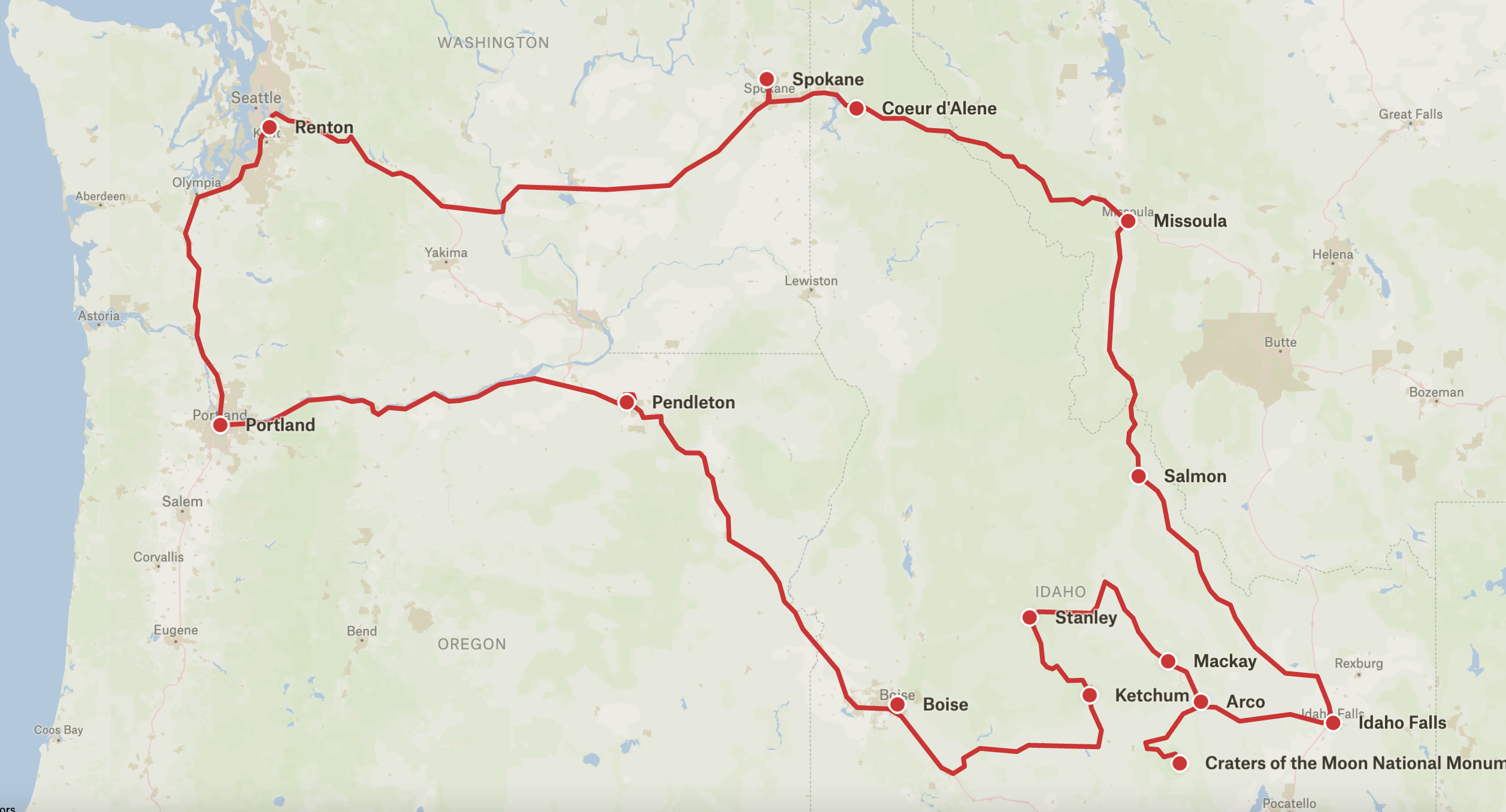
The northern Sawtooth Range formed from the Eocene Sawtooth batholith, while south of Alturas Lake the mountains formed from the Cretaceous granodiorite of the Idaho Batholith. The Sawtooth Range has a history of alpine glaciation, but while no surface glaciers exist today, perennial snow fields and rock glaciers remain, usually on north or east-facing slopes. There have been 202 perennial snow fields mapped in the Sawtooth Range. The Sawtooth Range was last extensively glaciated in the Pleistocene, but glaciers probably existed during the Little Ice Age, which ended around 1850 AD. Evidence of past glaciation given remnants of the glaciers such as glacial lakes, moraines, horns, hanging valleys, cirques, and arêtes.
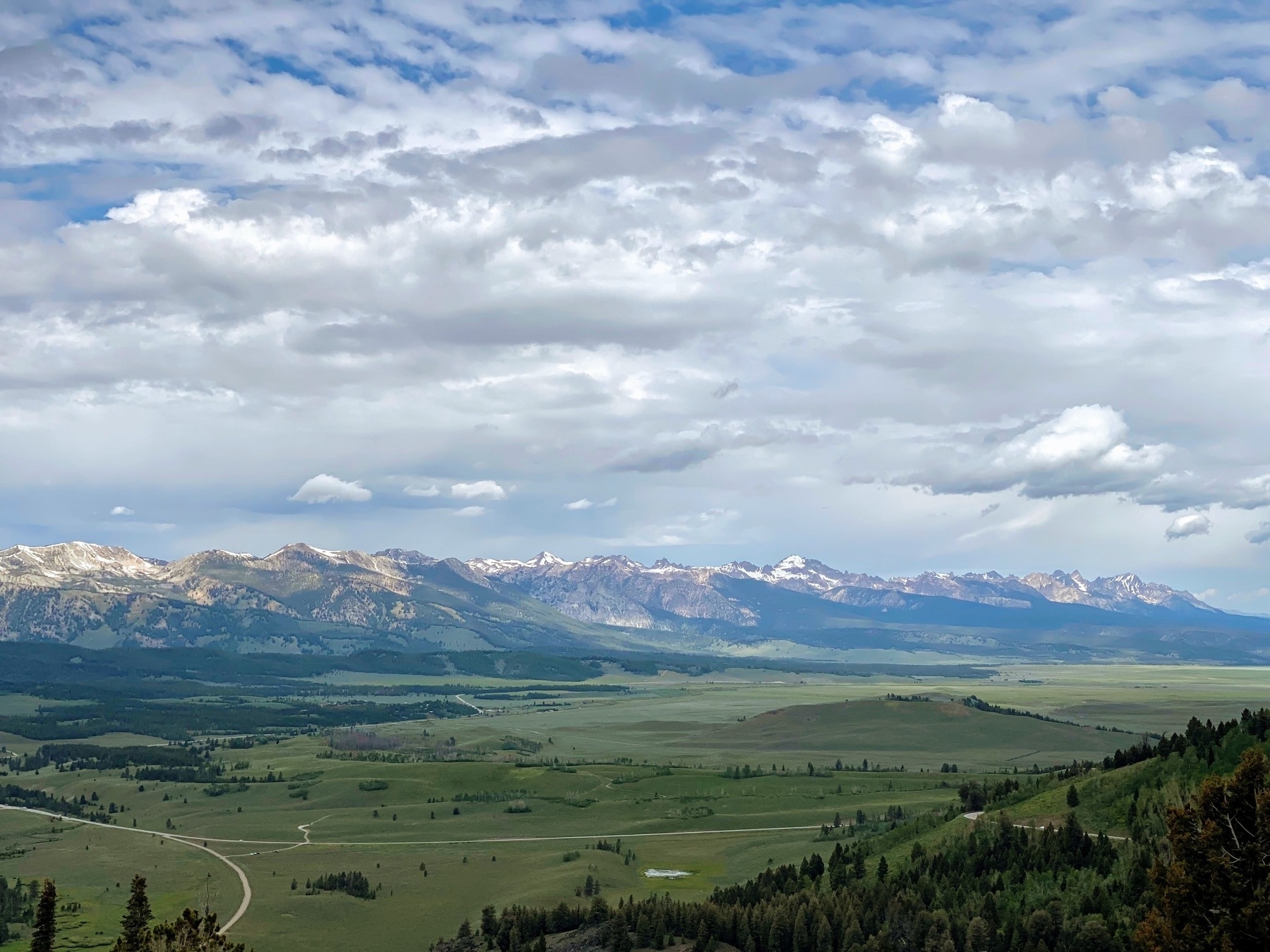
The lake is named for the brilliant sockeye salmon that once returned from the Pacific Ocean in such massive quantities that the lake shimmered red during the spawning season. Currently, only a small percentage of the wild sockeye succeed in making it through the several hydroelectric dams along their route back to the lake to spawn. Sockeye must not be targeted while fishing and must immediately be released if they are caught.
